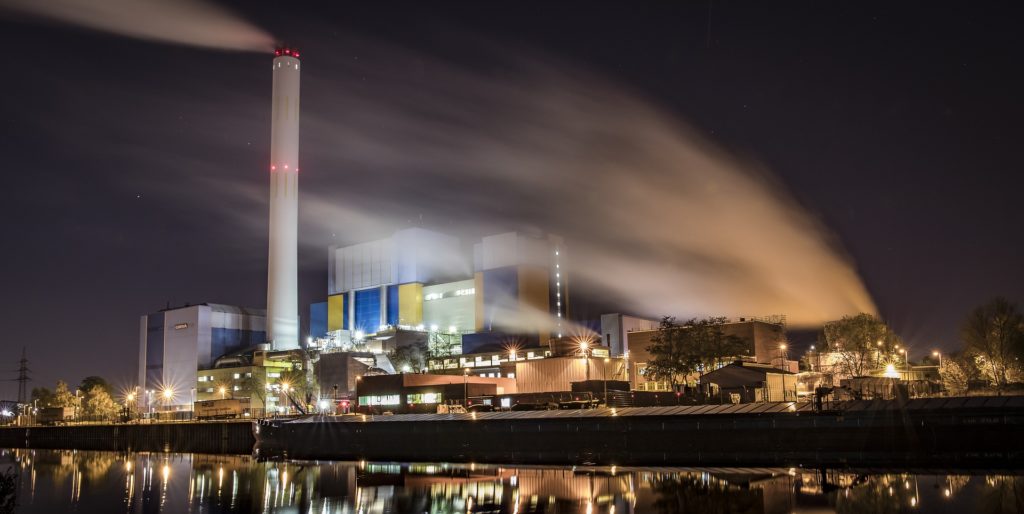Every day, surplus heat is released into the environment, contributing to global warming and wasting chances of clean energy generation. Opportunities to recover and reuse it can be found in places such as large industrial facilities, but also along the aisles of your local supermarket.
It is estimated that less than 30% of the energy consumed on the planet is converted efficiently. The rest is discharged into the atmosphere in the form of waste heat. Not only does this residual heat pollutes, but it also represents missed opportunities to obtain green energy or, at least, increase energetic efficiency.
Depending on the technology and the application they will be given, temperatures don’t need to be excessively high for heat to be captured and reutilised. This translates into a wide array of potential surplus heat sources that can be found in places as large and complex as an industrial park, but also university halls or even households.
Here are five energy sources you probably didn’t think of. However, they have a big potential and there is still plenty of room to make the most out of them:
1_CEMENT FACTORIES
After water, cement is the most used resource in the world, with an annual output of 4.2 billion tonnes. Its production process involves burning ground limestone and clay in kilns that reach a temperature of 1450°C, which makes the cement industry an enormous potential source of excess heat.
In its plant located in the city of Souselas, CIMPOR-Indústria de Cimentos, Portugal’s largest cement producer, is already recovering some process waste heat from gases released by kilns. However, Paulo Rocha, the company’s director of innovation and sustainability, believes there are still many other unexplored opportunities to recapture heat in these facilities. “Although the combustion process in a cement kiln is one of the most efficient ones, still a significant amount of heat is wasted in the preheating tower, in the clinker cooler or even by radiation. We could improve efficiency even further,” he says. “The main issue is that the payback of these investments is typically very long and doesn’t comply with the traditionally accepted internal rate of return figures for investments.”
CIMPOR is interested in optimising heat recovery processes in Souselas by using a part of this heat to produce electrical energy for internal use or the grid, as well as exploring the chances of becoming a supplier for other companies or institutions. In this sense, the EMB3Rs platform will play an important role in the search for synergies with other sectors and cost-effective solutions. “This project is developing a tool to design a network that will connect sinks (consumers) with sources according to their availability and needs”, says Rocha. “But the platform is also interesting because it will allow us to simulate possibilities based on future technologies. This will let you consider new technologies, especially those linked to the decrease of CO2 emissions”.
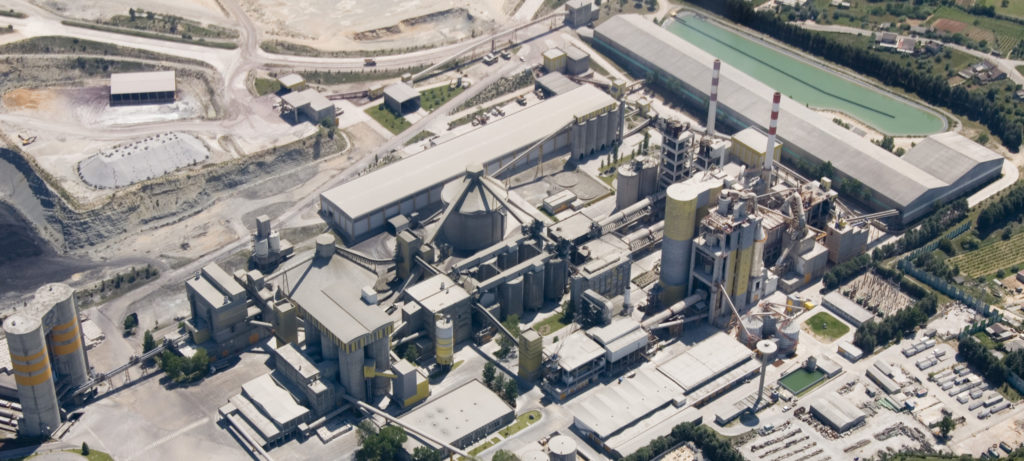
2_CHILLERS IN SUPERMARKETS
Apart from chicken, eggs and milk, your local supermarket could also be offering a clean source of energy to heat your home. At least that is one of the possibilities researchers from the Technical University of Denmark (DTU) are studying in Copenhagen as part of the EMB3Rs project.
Supermarkets need to run refrigeration systems continuously, to the point that cooling makes up for more than half of their electricity consumption. Instead of dedicating all this electricity to keep heat away from food, couldn’t this heat be diverted to meet other energy needs? That is what Denmark-based heating and cooling business, Danfoss, is doing through heat recovery units that recuperate 95% of surplus heat generated by chillers in supermarkets and send it out to district heating networks. One of the establishments using this technology in the district of Nordhavn will be at the core of DTU’s study, providing data to run simulations and determine how this excess heat can be reused efficiently by households in the area.
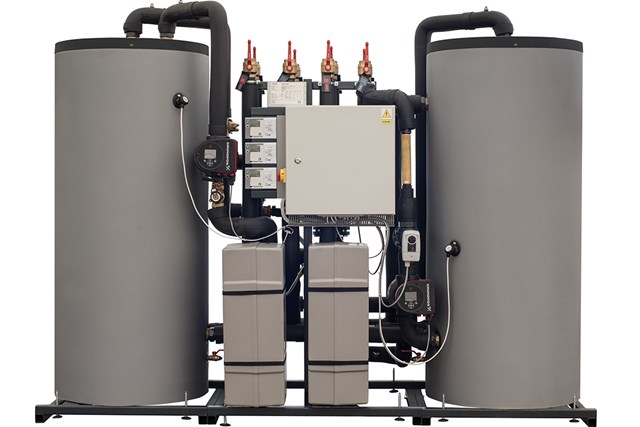
“We will analyse data collected from the supermarket and 30 apartments close by that contains heat profiles for the surplus heat, space heat and domestic hot water consumption,” says Tiago Sousa, a post-doc researcher at DTU who is taking part in the project. “We plan to calculate how much surplus heat can be used by consumers and how profitable this exchange would be for both, the supermarket and the consumers.”
This is how excess heat produced by chillers in a supermarket can end up providing space heating and hot water for flats instead of being released into the atmosphere, where it contributes to global warming. In the United Kingdom, for instance, it is estimated that commercial refrigeration systems account for about 12% of the country’s carbon emissions. “Imagine the huge number of supermarkets we have in cities,” says Sousa, “by capturing so much waste heat this will turn into an important measure to achieve energy efficiency.”

3_METAL CASTING COMPANIES
As with cement, metal casting involves processes where temperatures surpass 1000°C, providing great opportunities to reutilise heat. One of the case studies where the EMB3Rs platform will be tested is a metal casting plant in the United Kingdom that currently lacks surplus heat recovery systems, wasting 10.5 gigajoules every year. “That would be the same as providing energy to 30 houses a year”, explains Stuart Bradley, Principal Engineer at the University of Warwick, who will be leading the research.
“It is a source of heat that is just being ejected into the environment at the moment. These are large casts of maybe eight to ten tonnes, and they are just being left to cool down naturally,” explains Bradley. “So what we’re trying to do is to formulate a method of capturing heat, rather than just cooling the casts with water or air, and the EMB3Rs tool will help us understand the value of that heat and where it can be redeployed.”
There are two types of casts, one made of aluminium bronze and the other one, made of steel. The production of both metals needs very high temperatures, so casts can be at 1000°C when they’re left to cool down. “We put the heat exchanger immediately above the cast and then we blow air from the cast through the heat exchanger,” says Bradley. “So in our case, the casting company will decide on whether to reuse the waste heat to warm up the feedstock, the raw material going into the furnace, or to convert it into electricity, which can be distributed throughout the country.”
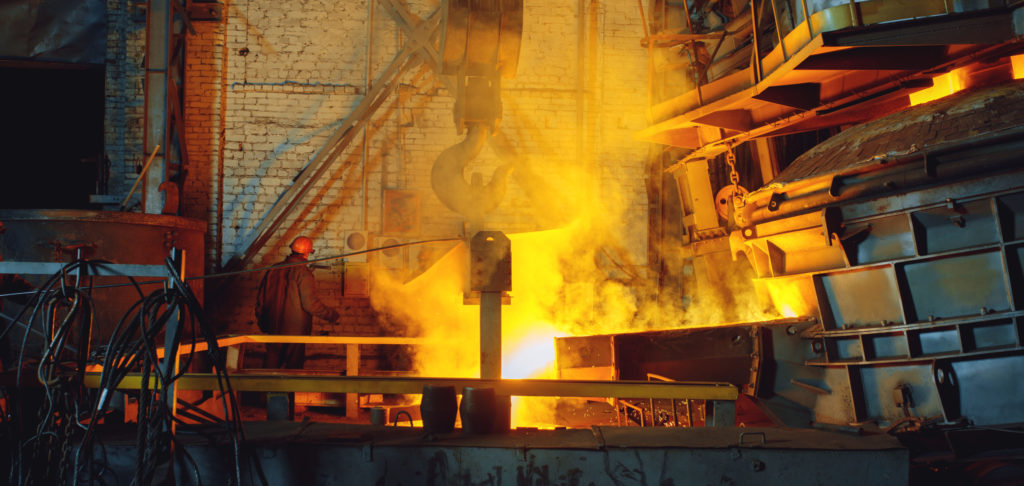
4_INDUSTRIAL WASTE HOT WATER
In high-income countries, the industrial sector is responsible for 59% of water consumption. Factories and mills use it for processing, washing, diluting or cooling. The result is an undesired by-product, wastewater, that requires treatment if it is to be disposed of in a way that is respectful with the environment.
Nevertheless, in many cases, this wastewater is at a temperature high enough to act as a source of energy. “Heat can be recovered from industrial waste hot water via heat exchangers and transferred from the producer to the consumer,” explains George Goumas, Senior Energy Expert at the Centre for Renewable Energy Sources and Energy Saving (CRES). “The technical and economic feasibility of implementation of such a measure will depend on a variety of factors.”
The temperature at which wastewater can still be of use, the distance between providers and consumers, the cost and the maximum payback period are some of the factors that Goumas’s team will analyse using the EMB3R’s platform in the Second Industrial Area of the city of Volos, in the East of Greece. “We will investigate the technical and economic feasibility of implementing a heating network system that will distribute excess heat rejected by companies in this industrial zone to other companies with heat demands in the same industrial park,” he says. Surplus heat in this area with high energy-consuming industries is expected to exceed the local demand; therefore the project will also assess the chances of extending the heat distribution system to a nearby town.
Goumas says this is a safe form of recycling hot water industries no longer needed. “There is no risk for human health as the waste heat produced by the heat sources is transferred via heat exchangers to the heat distribution water piping network. The waste heat does not come into contact with the water of the heat distribution network as the heat exchange is carried out within closed circuit heat exchangers”.
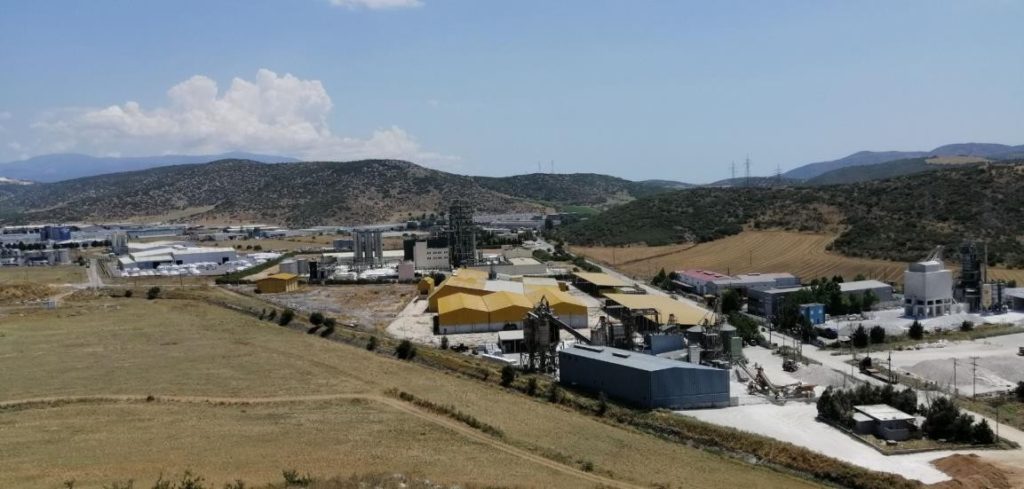
5_WASTE INCINERATORS
Incineration can help reduce up to 90% the volume of waste we dispose of on landfill sites. It is also a safe way of getting rid of dangerous residues. But did you ever think of it as a form of generating electricity and providing heat?
This is a very common practice in Norway, where district heating networks rely heavily on excess heat that comes from waste incineration. Although it is still rare in warmer countries like Portugal, where there is only one area that has a district heating and cooling (DHC) system: Parque das Nações, in Lisbon. But this may soon change. The DHC at Parque das Nações is still largely dependant on one conventional fuel despite having a high-efficiency trigeneration plant, explains João Castanheira, CEO at Climaespaço, the company operating the facilities. “We need to find better alternatives and one of the most interesting options is to use surplus heat from a waste incinerator that is located not very far from our land,” he says.
“They burn waste in a boiler that generates steam and they use the steam to move a turbine. A part of the steam could be taken to a heat exchanger, where they could produce hot water that would be used to bring us energy,” explains Castanheira. He believes that this process could provide up to 90% of the heating needs of the DHC, which sells a total of 40 gigawatt hours per year to many companies, public buildings and 3,000 households connected to its 21-kilometre network. But Climaespaço is also looking for other potential suppliers. “The incinerator is a strong possibility, but we are relying on EMB3Rs to help us find other sources of surplus heat, like industrial facilities located nearby”, says Castanheira.
Using all these hidden excess energy sources will help bringing the energy transition forward and saving a lot of CO2.
